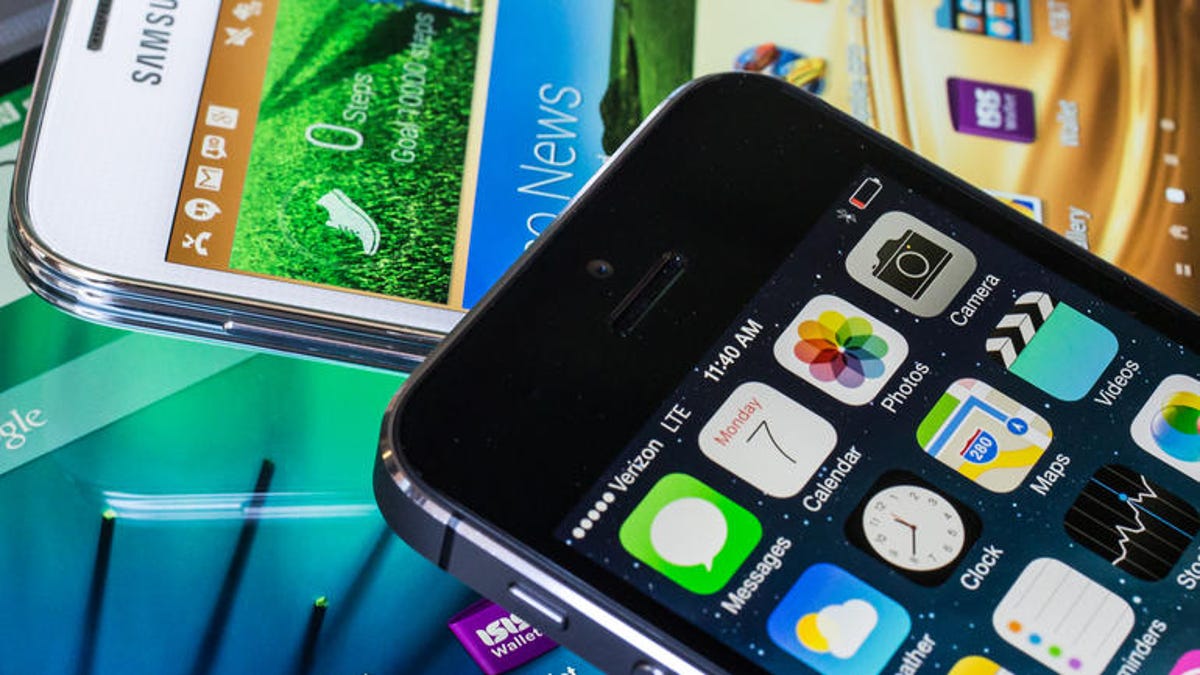Samsung to Supreme Court: Apple got too much money for its design patents
In its opening brief to the highest court in the land, Samsung says damages should be calculated only on the parts of a phone that infringe Apple's patents, not the profits for the entire device.

Design patents are given too much value when it comes to legal damages, Samsung has argued to the US Supreme Court in its patent dispute with Apple.
In an opening brief filed Wednesday with the nation's highest court, Samsung presented its arguments for why an earlier ruling in Apple's favor should be thrown out. It said in the filing that "at a minimum, a new trial is necessary."
Samsung contends that Apple should only get profits from the parts of a smartphone that infringe Apple's patents -- the front face and a grid of icons on a user interface -- not the profits from the entire phone. It said that "grossly overrewarding design patents" will hurt competition and innovation and will lead to "absurd" results in other lawsuits.
"If the current ruling is left to stand, it would value a single design patent over the hundreds of thousands of groundbreaking technology patents, leading to vastly overvalued design patents," Samsung said in a statement.
Apple didn't immediately respond to a request for comment.
The Supreme Court in March agreed to review the long-running dispute between Apple and Samsung, the first time it has looked at a design patent case since the 1800s. A decision by the court could have a ripple effect across the technology industry and ultimately impact the gadgets you buy because it might finally define the value of design work.
Samsung wants the Supreme Court to give guidance on what is covered by design patents, which protect the way an item is used and how it works, and also on what damages can be collected. Currently, companies can collect damages for the entire value of the device, not just the infringing design aspects. In Apple v. Samsung, that led to an initial damages award totaling more than $1 billion.
The original Apple v. Samsung trial in 2012 captivated Silicon Valley and the tech industry because it exposed the inner workings of two notoriously secretive companies. It was just one of many trials around the world as the rivals sparred both in the marketplace and in the courtroom. At issue were design patents for a black, rectangular, round-cornered front face; a similar rectangular round-cornered front face plus the surrounding rim, known as the bezel; and a colorful grid of 16 icons.
Apple and Samsung last year agreed to bury the hatchet in their overseas cases, but their US court confrontations have continued. In December, Samsung said it would pay Apple the $548 million ordered by court.

